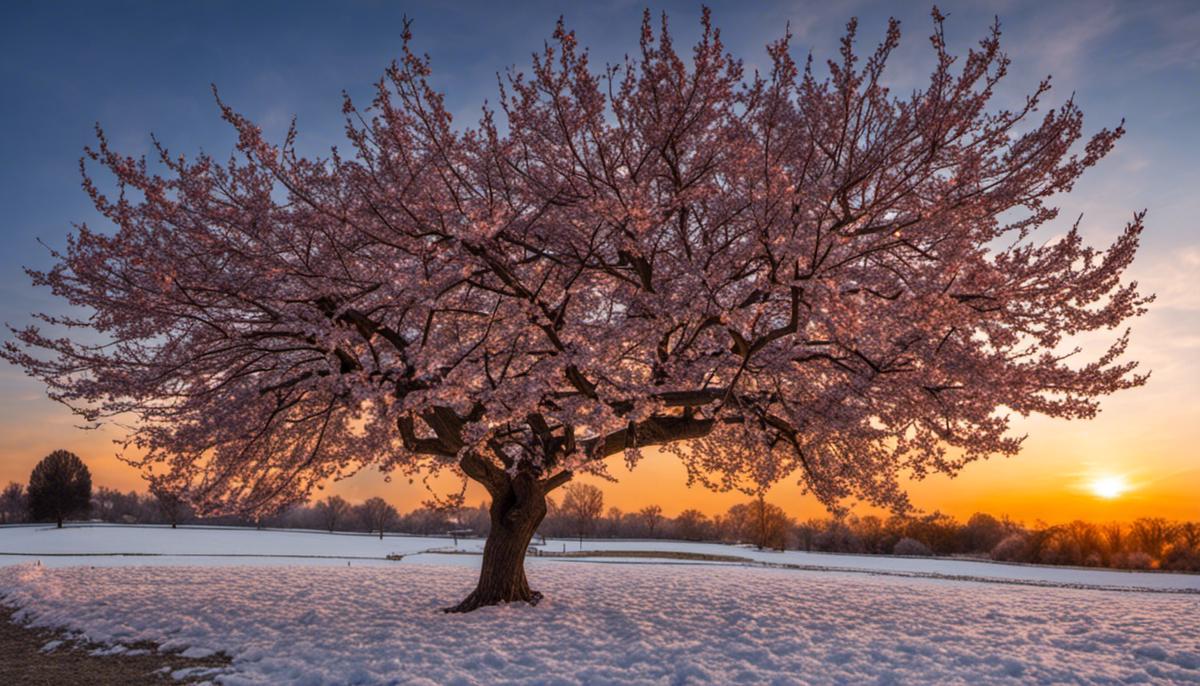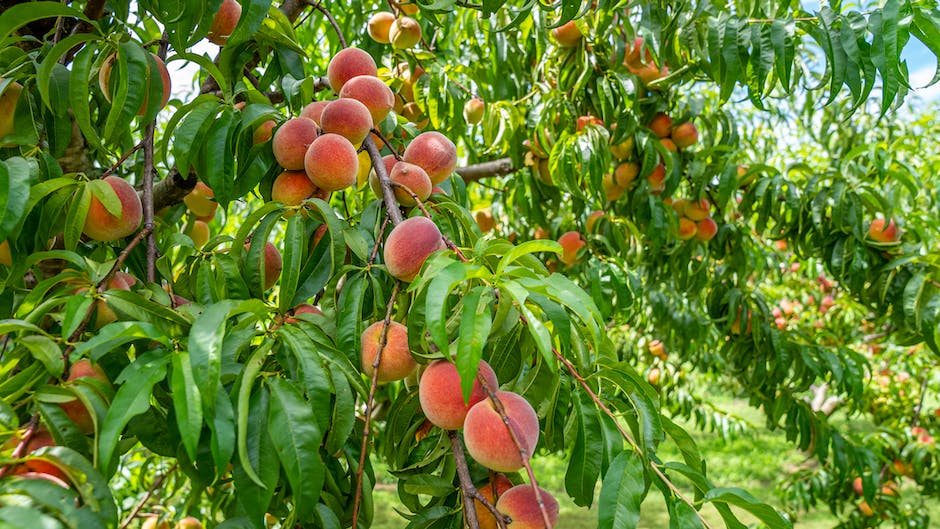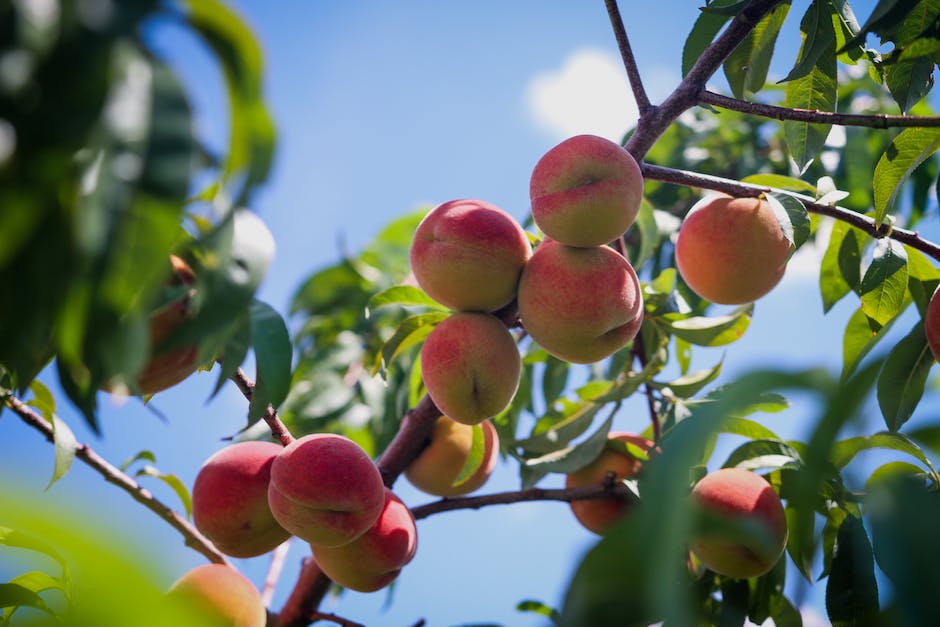Guide to Pruning Your Peach Tree

Delving into the fascinating world of gardening, one cannot underestimate the importance of understanding how to prune a peach tree. It’s not just about trimming branches; it’s about knowing when to do it, which ones to cut, and the techniques to use to ensure that the tree remains healthy and productive. A key aspect we’ll be focusing on is the optimal pruning season. It’s essential to grasp that late winter or early spring typically presents the ideal timeframe for pruning a peach tree. We will also delve into the signs that suggest a branch may need pruning, including whether it is dead or diseased, if it’s growing inwards, or if it’s contributing to an over-crowded growth.
Understanding the Right Pruning Season
Mastering the Art of Prune Timing for Peach Trees
Growing and tending to a peach tree can, at times, seem more like an art than a hobby. This delightful endeavor is nothing short of a labor of love. Packed with the joys of watching young saplings sprout into lush, fruit-laden trees, mastering this craft requires a perfect blend of knowledge, precision, and, yes, a bit of romance. And if you’ve made it here, it’s obvious you have an insatiable resolve to invest in this rewarding hobby.
One of the integral aspects of growing a healthy and bountiful peach tree is understanding when to prune. Get this right, and your tree will teem with succulent, mouthwatering peaches. Botch it up, and the tree may fail to thrive.
It’s important to remember that peach trees should be pruned when they are dormant, most commonly in early spring before the new growth begins but after the risk of severe cold has passed. This window of timeoccurs roughly between late February and early April, depending on your geographical location.
Here’s why this timing is important: Pruning a peach tree during its dormant stage prevents sap from bleeding out of the cuts, which could attract insects or spread disease. In early spring, on the other hand, the tree harnesses its stored energy to vigorously sprout new growth which then promptly forms the next crop.
It’s also worthy to note that a peach tree pruned during winter may be susceptible to winter injury. The pruning cuts might not have enough time to heal before biting cold temperatures prevail, potentially leading to tree damage.
Furthermore, timing prune activity correctly aids in maintaining the tree’s ideal size, shape, and structure. An appropriately pruned tree encourages more sunlight penetration and air circulation in the tree’s canopy, which is conducive for peach ripening and helps prevent fungal disease.
But it isn’t just about knowing when to prune – it’s also about understanding what to prune. The best pruning strategy involves removing dead, damaged, or diseased branches, as well as those that are crossing or rubbing against each other. It’s also advised to eliminate any inward-growing branches to maintain an open center and promote a healthier tree.
Just like perfecting any craft, learning to prune a peach tree requires understanding, patience, and practice. Embrace each pruning session as an opportunity to better comprehend your tree and its needs. By doing so, you’re not only shaping a tree but also honing your craft and sculpting a hobby that’s as satisfying as the succulent peaches it yields. Happy pruning!

Identifying Branches to Prune
Identifying Which Branches to Prune: Transforming Your Peach Tree into a Natural Work of Art
With an understanding of the fundamentals of peach tree pruning – your timing, the significance of the task, and the branches to target – it’s now time to hone your skill set. A key factor in ensuring your tree remains healthy, vibrant and fruitful lies in identifying which branches to prune. An amateur simply chops away, but a pruning maestro looks at a branch and can determine if it’s beneficial or detrimental to the tree. This knowledge is crucial for the successful yield of your succulent peaches.
Water Sprouts and Suckers: The Unwanted Guests
Water sprouts and suckers present a nasty interference to your tree’s health. These thin, straight shoots emerge either from the tree’s base (suckers) or the branches (water sprouts). Their voracious consumption of nutrients, intended for the healthy branches, curb fruitful growth. These are most certainly prime pruning targets.
Diminishing Weak and Narrow Crotches
The strength of branches can be judged by the angle of their crotch – the point where a branch forks, or where it’s attached to the trunk. Branches with narrow crotches under 45 degrees are weak and likely to split under the weight of fruit. They pose an uncalled for risk and must be pruned off.
Reduce the Shoestring Limbs
Also targeted for pruning are shoestring limbs – branches that are too long and too thin, resembling the shape of a shoestring. These weak branches can snap under the weight of fruit. It’s better to bid them farewell and give your robust branches a chance to flourish.
Targeting the Unproductive
Branches that didn’t bear fruit in the previous season and show no signs of buds likely won’t be productive in the future. They become merely an energy sink, pulling valuable resources away from productive branches. It’s time to sever this tie.
The Artistry in Pruning
By now, it should be evident that pruning isn’t merely a process – it’s an art. It’s the practice of encouraging life, nudging the tree towards its fruitful destiny. Like a sculptor shapes a statue, you shape your tree. You study it, learn its cues, respect it, and ultimately cultivate it into an architectural marvel ready to bear delicious peaches. Be patient, remain committed and your reward will be a robust, generously-bearing peach tree, and the satisfaction of a job well done. Don’t forget this isn’t just about work – it’s the enjoyment of a beloved hobby. Happy pruning!

Pruning Techniques
From the deep-rooted understanding of peach trees, every enthusiastic hobbyist knows that pruning a peach tree is an art in its own. It’s a culmination of scientific knowledge, gardening keenness, and an eye for aesthetics.
Having a strong grounding in the basics and understanding the timing and significance of pruning paves the way for identifying the branches that either contribute to the growth and flourishing of the peach tree or pose potential problems in the future.
One such detrimental element that requires keen attention are water sprouts and suckers. Water sprouts are those vigorous, upright shoots that emerge from the trunk or the older branches of the tree. Suckers, on the other hand, sprout out from the base of the tree. These are both unnecessary, robbing the tree of energy. They should be pruned right at their base to ensure the peach tree’s vitality isn’t compromised.
The pruning process also involves the careful consideration of weak and narrow crotches. These are areas where branches form a narrow “V” shape. These angles indicate an inherent weakness – a potential hazard in stormy weather. It’s wise to remove these crotches before they grow large and become prone to splitting.
While practicing, keep an eye out for shoestring limbs. They are those long, thin branches that tend not to bear fruit well and are more prone to sagging or snapping under the weight of a fruitful crop. It is suggested to remove these branches to redirect the tree’s nutrients towards stronger, more fruitful branches.
Another key concept when approaching the pruning of peach trees is the consideration of unproductive branches. Often, these are older branches that no longer bear fruit but continue to draw nourishment from the tree. A swipe of the pruning shears on these stingy branches could lead to a healthier, more productive tree.
Understandably, pruning can feel a lot like hacking away at your beloved tree initially. However, as every seasoned peach tree grower will affirm, it’s not just about trimming; it’s about the artistry in pruning. With each cut, the goal is to direct growth, encourage fruit production, and maintain the tree’s overall health.
In lexicon of gardening, pruning a peach tree is both an art and a science. It’s all about merging the practical needs of the peach tree with an aesthetic vision of how it should look, bringing together the interplay of knowledge, patience, practice, and creativity. It’s about becoming one with the peach tree, guiding its growth, and reaping the sweet rewards.

Now that you’re equipped with the knowledge of how, when, and what to prune, you’re well on your way to maintaining a thriving peach tree. Remember, pruning isn’t just about aesthetics; it’s also about ensuring that your peach tree can flourish in optimum conditions. Using these select pruning techniques, you can not only make clean cuts and shape your tree for optimal growth but also adequately seal the cuts to prevent diseases and pests. So go forth and relish the task of pruning, knowing that each cut you make contributes to the health, productivity, and longevity of your beloved peach tree.



